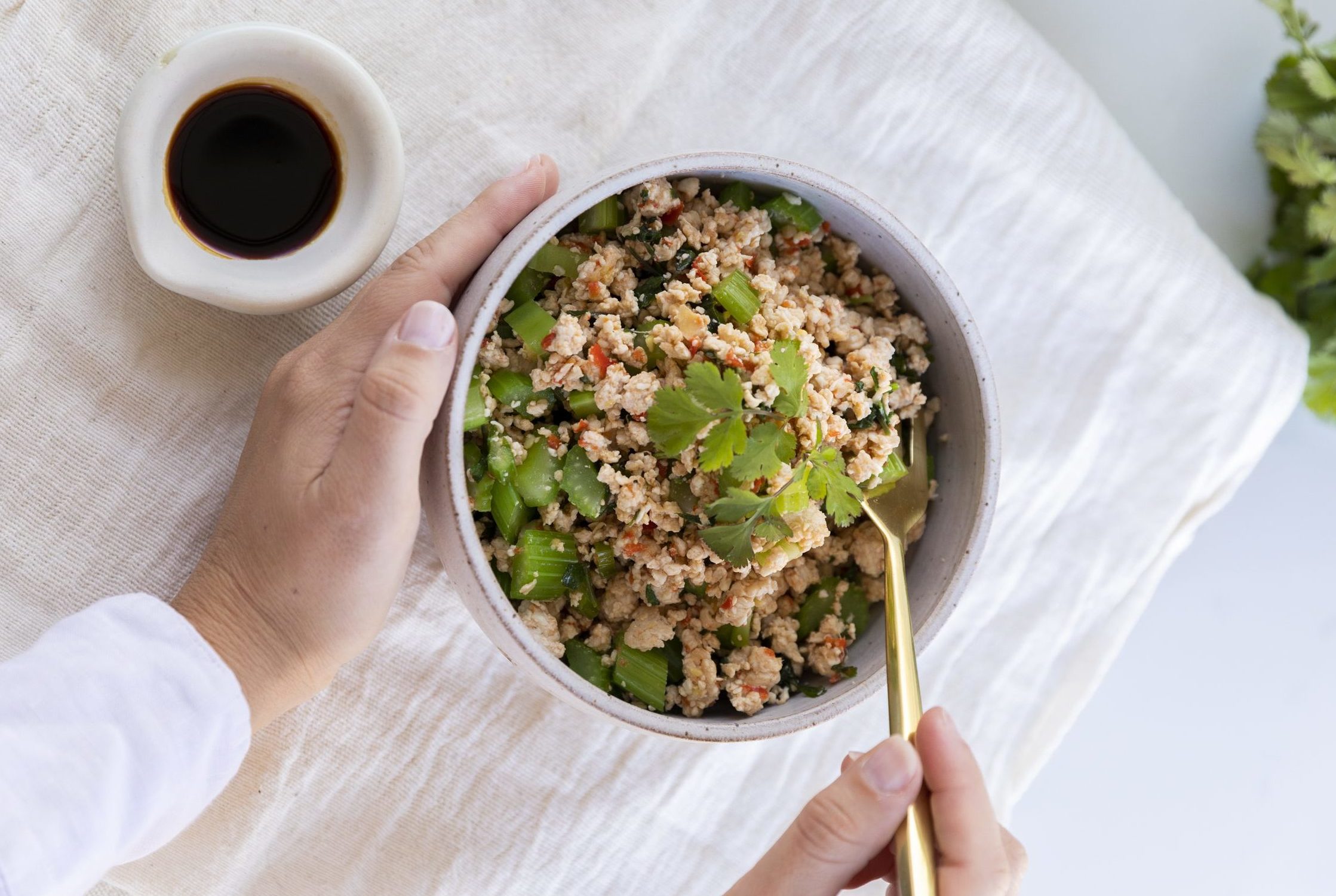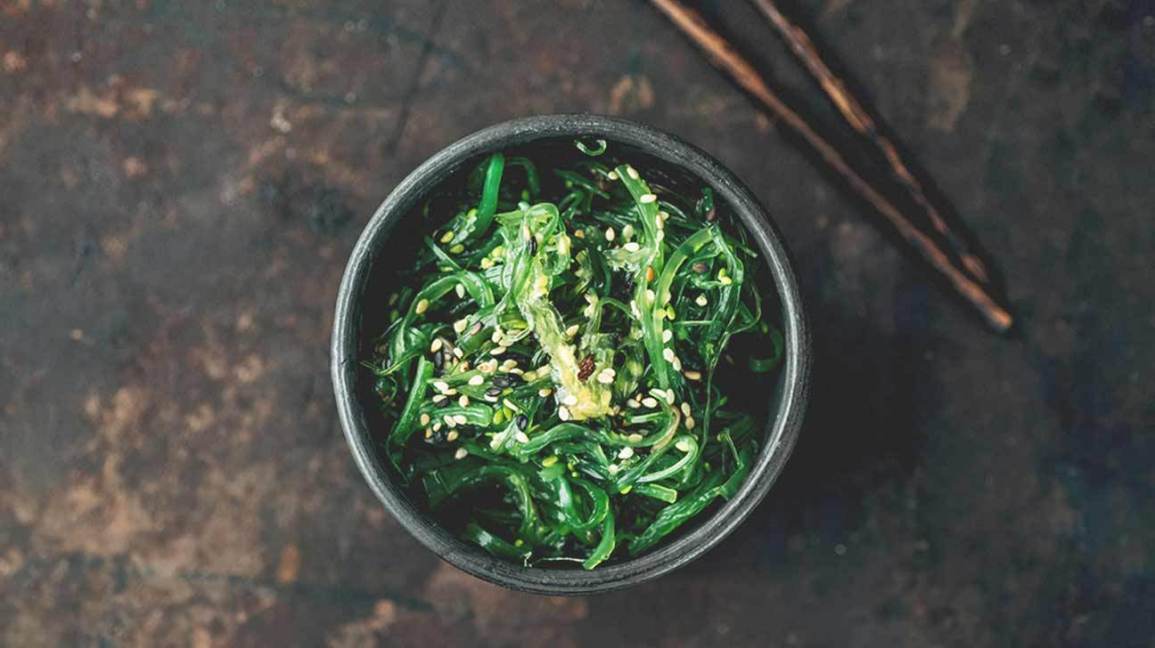Xali is a new holistic health platform, led by emotion and intuition, designed specifically for women experiencing biological changes.
Welcome to Xali
If hot sweats, mood swings, and weight gain aren’t enough to deal with when you hit the menopause, you may find that you’re also suddenly experiencing migraines. We find out why this is and how you can avoid them.
According to the Migraine Trust (migrainetrust.org), around 45% of women who experience migraines say they got worse during menopause1. Almost five million Australians suffer regularly from migraines, with women reportedly afflicted more than men. It’s thought that hormonal issues, such as PMT and yes, menopause – are contributing factors.
Migraines are different from headaches due to the severity and range of symptoms. “You’ll typically experience a one-sided throbbing or pulsating intense headache which can be aggravated by movement, physical activity, light or smell,” says neurologist Dr Swapna Sebastian. “The migraine can also vary in that it can involve the whole head, front or back or even the neck.”
While you may suffer if your mother also had migraines during menopause, research shows that even if you have lived migraine-free, once menopause hits you may suddenly find yourself suffering on a regular basis (although around 15% of women who have always experienced migraines may find they suddenly disappear altogether).2
Research shows that the main culprit is our hormones. “In my experience, women who have migraines during menopause tend to first experience them at puberty,” says Dr Karen Coates. “They will most likely get them again during menopause.” According to Dr Coates, this is due to an estrogen-dominance problem.3 “As you enter the menopause your estrogen levels rise, while your progesterone falls. Your progesterone helps to balance your estrogen, but during menopause it may not be doing its job correctly.” The result? Migraines, mood swings, and night sweats (amongst other symptoms).
“When you’re going through the menopause your estrogen levels are fluctuating. Our brains don’t respond well to these sudden changes,” she says. “Without enough progesterone our brain tissue can become inflamed, which can then lead to migraine symptoms.”
Since our progesterone tends to drop around a decade before menopause hits (known as the peri-menopause), or may become completely depleted after a hysterectomy, many women experience estrogen dominance. “Speak to your GP and ask for your hormone levels to be tested to help pinpoint if low progesterone is a contributing factor.”
What to do if you experience migraines
Some foods which may trigger a migraine include chocolate, cheese, coffee, caffeinated drinks, nuts, processed meats, and other foods and alcohol. “Alcohol, especially red wine due to its preservatives, foods which contain nitrates, and nightshades (such as eggplant, tomatoes, cauliflower and peppers), may be best avoided,” says Dr Coates.
Supplements, such as Vitex Agnus Castus (VAC) can help, and has shown to help reduce the severity of migraines and PMS symptoms.” If you’re in your early 40s, Dr Coates recommends taking 2000 mg in the morning (also known as Chaste Tree herb). “It’s not expensive and virtually side-effect free.” Studies have found that more than 50% of women experience a reduction in the number of migraines and the severity of a migraine after regularly supplementing with VAC.4
Could Botox help?
Over-the-counter medications such as aspirin or prescribed Triptans taken the moment you experience any migraine symptoms (such as an aura, sensitivity to light, or other vision issues, or nausea) may help. Or you could try Botox. Your neurologist will inject a small amount – 0.1ml – of onabotulinumtoxin A into specific sites around your forehead, skull, back of your head and neck. This helps to block a chemical transmitter that causes pain signals and prevent activation of the pathways in your head and neck that lead to migraine headache pain.5 An Australian study found 74% of patients who suffered from chronic migraines benefited from Botox treatments, and reported reduced headache days and a decreased need for medication.
Xali is a new holistic health platform, led by emotion and intuition, designed specifically for women experiencing biological changes.
Welcome to Xali
References



